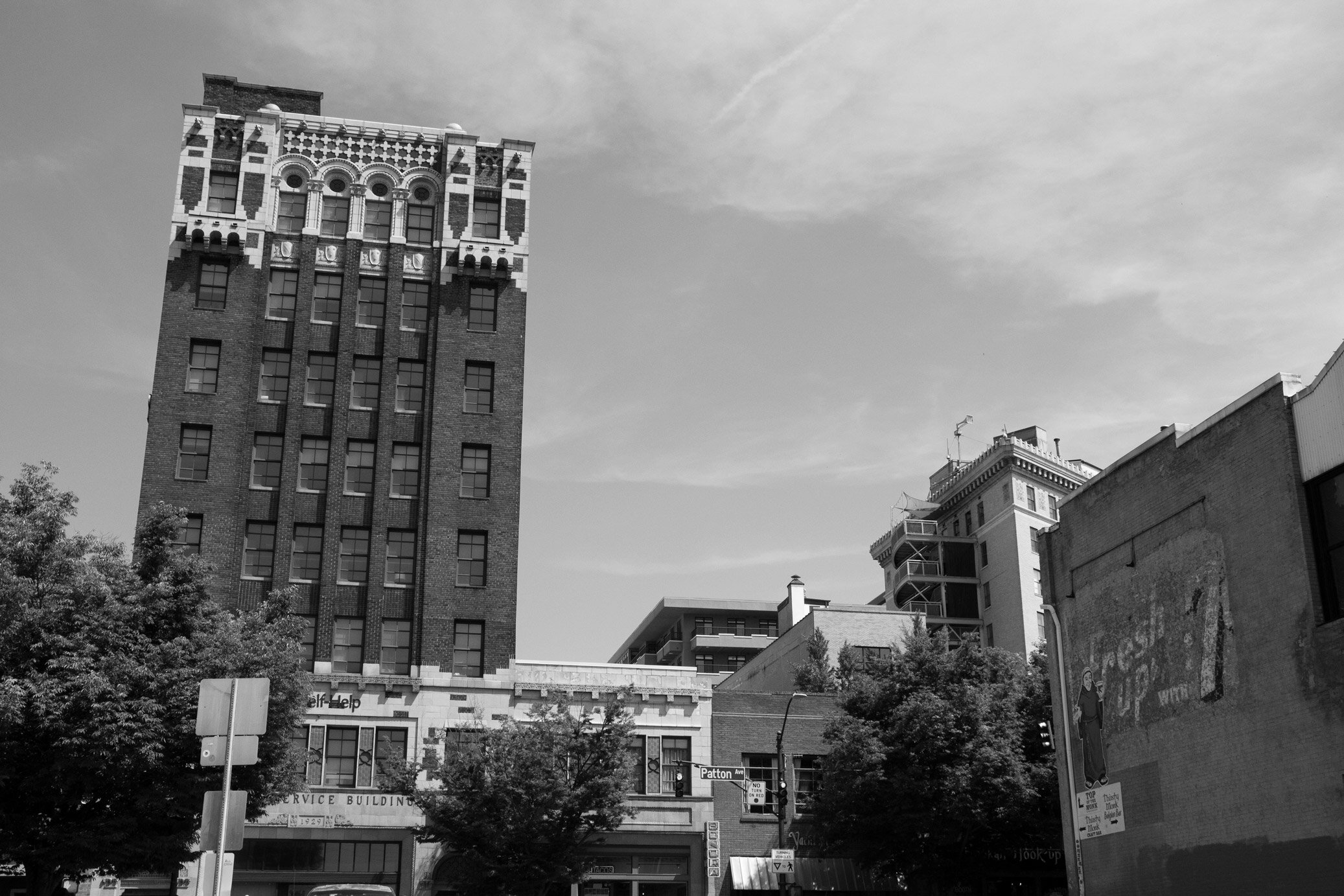4 Ways Cities Can Achieve Affordable Housing Goals
by Madeline Forwerck
High housing costs plague cities of all sizes across the United States. In 2019, 46% of renters and 21% of homeowners were cost-burdened, meaning they spent 30% or more of their income on housing. In the economic fallout of COVID-19, these numbers are only growing, with affordable housing becoming harder and harder to come by.
As wages stagnate, the imperative escalates for city governments to creatively use available funding to expand affordable housing options for workers and families. Read on for four steps cities can take to grow affordable housing supply and stabilize costs for present and future residents.
1. Upzone low-density neighborhoods.
Zoning law prohibits the construction of anything but single-family homes on approximately three-quarters of U.S. land. Single-family zoning is a recipe for high housing costs, as detached homes — such as those that comprise American suburbs — take up more land than any other type of housing. This impedes the construction of affordable apartments and condos, contributes to urban sprawl, and pushes low-income workers and families out of the center city.
To increase housing supply and suppress costs, cities should upzone low-density neighborhoods to allow construction of affordable, multi-unit buildings. With multifamily zoning, the cost of expensive land is spread across numerous households, and more residents get the chance to live within the cities where they work.
2. Encourage housing development through tax incentives.
In most U.S. cities, property tax regimes charge higher rates on buildings than on land, leaving investors to buy up property with no incentive to contribute to the supply of homes.
Land value taxes, on the other hand, levy a rate based on a piece of land’s market value regardless of the buildings it holds. Implementing such a tax can spur the construction of new units and discourage landowners from artificially limiting housing supply.
3. Revitalize vacant buildings.
As low-income workers and families are pushed out of urban centers, local governments can both increase housing supply and counteract the tides of gentrification by converting abandoned or dilapidated buildings into affordable housing units.
In 2016, Denver launched a $10 million Revolving Affordable Housing Loan Fund to source financial support for affordable housing projects. Since, the city has made these dollars stretch by flipping vacant structures — like the Kuhlman Building, a 1940s nurses’ dormitory — into affordable apartments and condos.
4. Design neighborhoods, not buildings.
While cities across the U.S. direct funding toward one-and-done affordable housing projects, advocates like Kristin Siglin, senior vice president of policy at the Housing Partnership Network, emphasize the importance of holistic development.
Cities must take a big-picture approach to affordable housing projects in order to foster long-term equity. When neighborhoods are designed for those who already live and work there, patterns of gentrification and displacement stabilize, so families can establish lifelong homes and build generational wealth. Thus, city governments should consider the wide-ranging and distinct needs of a neighborhood’s residents — including access to public transit, industry centers, schools, and amenities — when constructing affordable housing.

